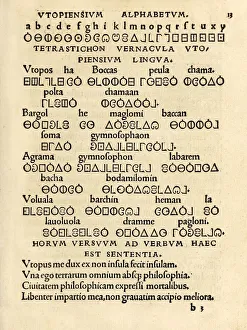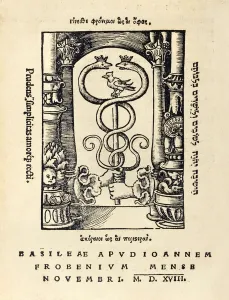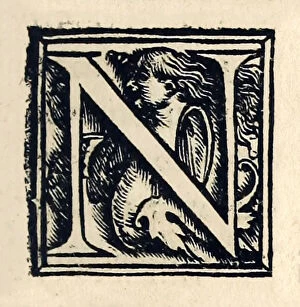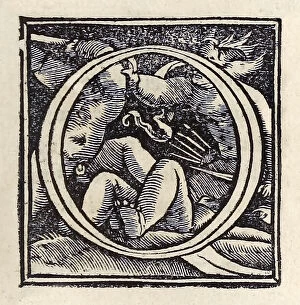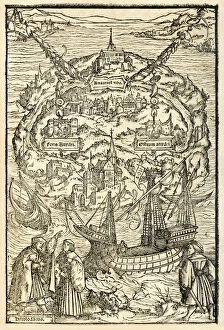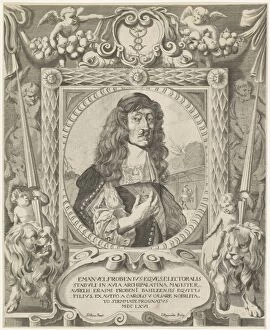Froben Collection
"Froben: A Legacy of Printing and Enlightenment" Step into the world of Johann Froben
All Professionally Made to Order for Quick Shipping
"Froben: A Legacy of Printing and Enlightenment" Step into the world of Johann Froben, a renowned printer whose contributions to literature and knowledge shaped the Renaissance era. From woodcuts in Sir Thomas More's Utopia to illuminated letters that adorned the pages, Froben's craftsmanship brought stories to life. In 1518, the third edition of Utopia showcased Froben's meticulous attention to detail. The woodcut illustrations transported readers to an imaginary land, while his printers mark depicted two hands holding - a symbol of collaboration and unity. The title page itself was a work of art, capturing the essence of Utopia with its intricate design. Illuminated letters "N, " "V, " and "O" added elegance and sophistication to each chapter they introduced. Froben's dedication extended beyond printing; he also commissioned portraits that immortalized him and his son Emanuel. These paintings by artists like I. Wyngaerden and Lambert Visscher captured their personalities for future generations. One cannot overlook Froben's iconic printer device from 1515—a testament to his professionalism and innovation in Basel, Switzerland. This device represented his commitment to excellence in every book he printed. Through these glimpses into history, we see how Johann Froben left an indelible mark on the world of printing during this transformative period. His passion for disseminating knowledge through beautifully crafted books continues to inspire us today as we cherish these artifacts from centuries past.


